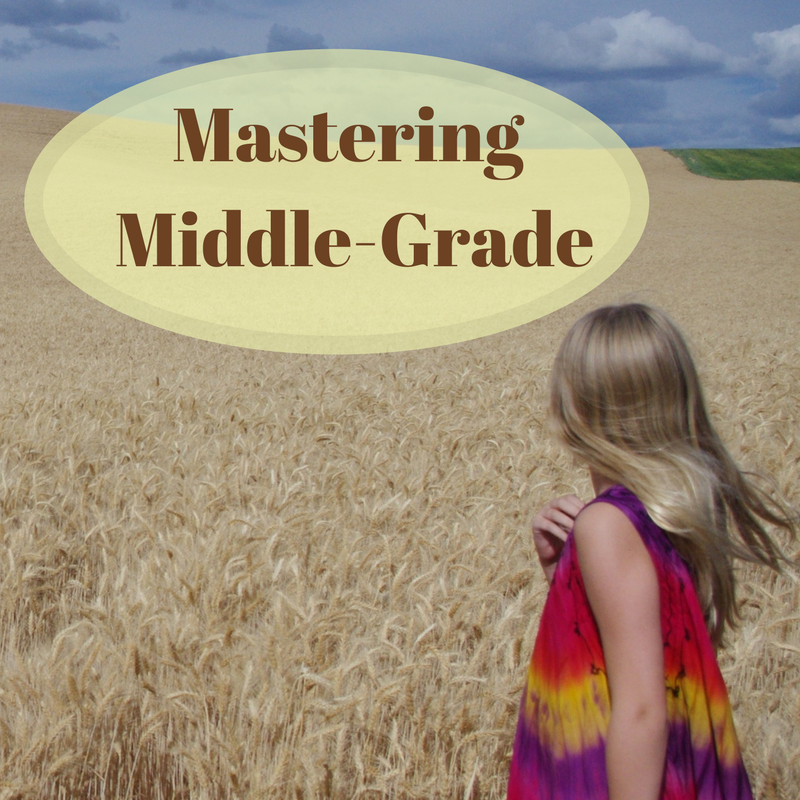Last month, I detailed the first half of my journey to publication for my MG/YA sports novel Inside the Ten-foot Line. I discussed where my idea came from, knowing the genre, and drafting the story. This article focuses on what happened next.
Remember, every author’s path to publication differs. My experience might resonate with you or provide an ah-ha moment. You can also visit Kelli’s article on lessons she learned on her way to publication.
Pitch
One of the best ways to get your work in front of an editor’s eyes is by attending a writing conference. Beyond offering classes on the craft of writing, attendees can meet editors and agents and pitch their work. For an extra fee, many allow you to submit a manuscript for feedback. Conferences also hold contests. Winning a category gives you exposure. Best of all conferences allow writers to network with other writers.
I pitched the idea for my series first at the Write-to-Publish conference. At the time, there were few sports novels geared toward girls available. A year later, I pitched it at the Blue Ridge Mountains Christian Writing Conference. This time, I found a publisher who, like me, recognized a gap in the market, and requested a proposal.
Action: Set a goal of attending one writing conference this year.
Contract
After that initial pitch, it took almost another year before a contract went to my agent.
But let’s touch on the debate between traditional publishing and self-publishing. In today’s market, both are valid options. With the traditional route, writers share the profit with their publisher, but they don’t have to carry the burden of cost to produce the product. A good publisher will also handle most of the marketing, something I appreciate.
Self-publishing means writers keep the profit, but they also must hire an editor, illustrator, and do their own marketing. If you’re a go-getter, this may suite you best.
Action: Find out more here to find out more about these options.
Edits
Shortly after turning in the completed work, the manuscript underwent several rounds of editing. That’s all I’m saying on this aspect.
Action: If you are traditionally published, be easy to work with. Listen to suggestions from the professionals assisting you. If you are self-publishing find an affordable and competent freelance editor.
Marketing
“It doesn’t matter how well written your book is if you can’t sell it.”
Truth.
Publishers need to make money. As an author, you must do your part to help your book succeed. That’s where platform comes in.
Even before its release on September 20, 2022, Inside the Ten-foot Line had earned three #1 bestselling banners on Amazon. How? My publisher knows how to market. Among other things, they targeted Amazon Ads and leveraged their newsletter and Instagram accounts to reach my target audience.
On my part, I organized a book launch team, posted on my social media sights, and contacted people with podcasts and or book review sites. I even coordinated ideas with my friend Kelli McKinney since our books were scheduled to release the same month. Her encouragement relieved some of the stress and anxiety I felt over marketing.
Action
If you have not started working on your platform, start! For more marketing ideas, check out this article and/or this one.
I hope seeing my journey helps encourage you on your way to publication. If you have any more ideas to share, please leave them in the comments.

Elementary school teacher Lori Z. Scott usually writes fiction. Her down time is filled with two quirky habits: chronic doodling and inventing lame jokes. Neither one impresses her principal (or friends/parents/dogs/casual strangers), but they do help inspire her writing.
Somehow, her odd musings led her to accidentally write a ten-title bestselling chapter book series and on purpose write over 175 short stories, articles, essays, poems, and devotions. Lori also contributed to over a dozen books.
Lori enjoys speaking, leading workshops, and visiting local elementary schools to share her writing journey. Follow her on Instagram @Stories.by.Lori .




No Comments